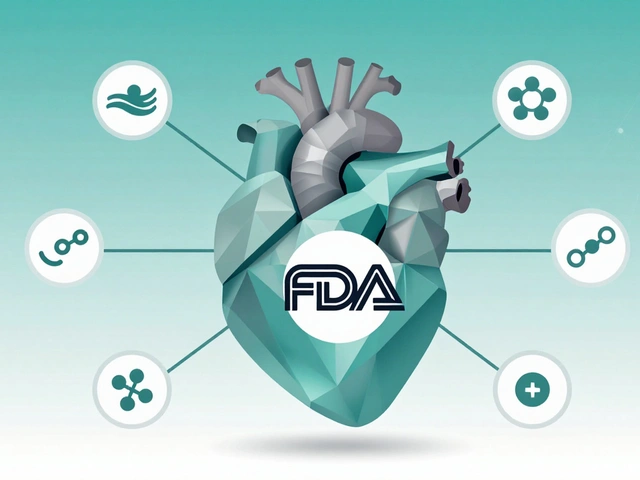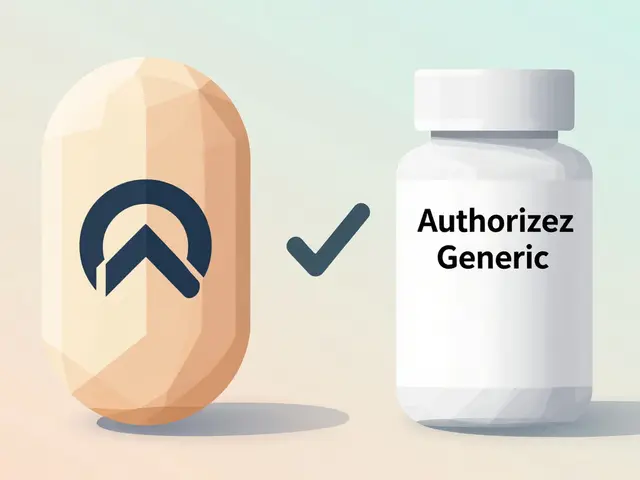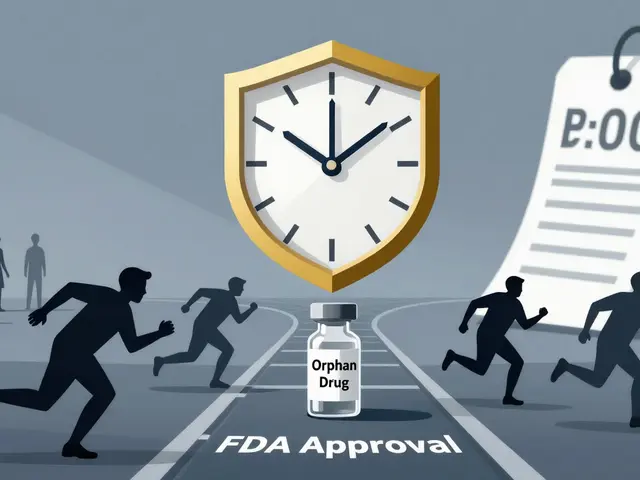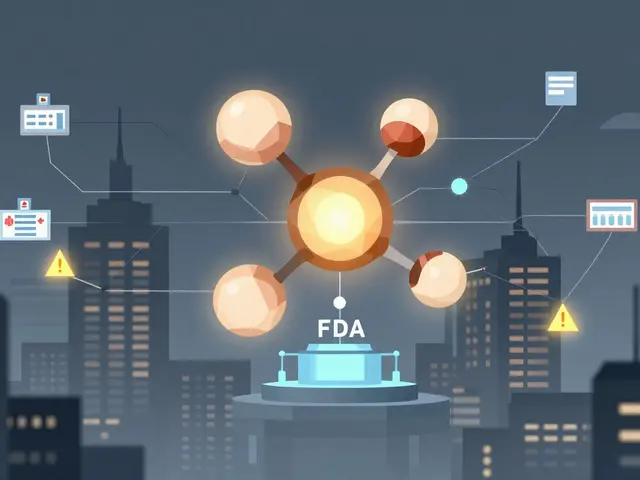SGLT2 inhibitors: what they do and when they're used
SGLT2 inhibitors are a group of oral medicines most people know for lowering blood sugar. Lately they’ve been getting attention because they also reduce heart failure hospital visits and slow some kinds of kidney disease. Common names you’ll hear are empagliflozin, dapagliflozin, canagliflozin and ertugliflozin.
How SGLT2 inhibitors work
These drugs act in the kidneys. They block the SGLT2 protein that reabsorbs glucose back into the bloodstream, so more sugar leaves the body in urine. That lowers blood glucose and often leads to a bit of weight loss and lower blood pressure. Clinical trials like EMPA‑REG, DECLARE and DAPA‑HF showed benefits beyond sugar control — fewer heart problems and slower kidney decline in many patients.
Doctors prescribe SGLT2 inhibitors mainly for type 2 diabetes. They’re also used now for heart failure with reduced ejection fraction and for chronic kidney disease, even in some people without diabetes. Your clinician will pick a drug and dose based on your kidney function, heart status, and other meds.
Practical tips & safety
Common side effects are genital yeast infections and urinary tract infections because there’s more sugar in the urine. People may also feel lightheaded or dizzy from mild volume loss — that’s more likely if you take a diuretic too. A rare but serious risk is ketoacidosis that can happen with near-normal blood sugar (called euglycemic DKA). Look out for nausea, belly pain, fast breathing, or unusual tiredness — get urgent care if that happens.
Canagliflozin had some signals for increased toe and foot amputations in one trial, so doctors consider your foot health before choosing it. SGLT2 drugs also affect kidney function early on: creatinine can rise a bit at the start, which often stabilizes. They aren’t recommended in pregnancy, for people on dialysis, or with very low eGFR (your doctor will check that).
Simple things you can do: stay hydrated, check your feet daily, treat any yeast infections early, and tell your provider if you’re planning major surgery or a fast/low‑carb diet — they may pause the drug to lower DKA risk. If you get sick with vomiting or can’t eat, ask your clinician whether to stop the medicine temporarily.
When talking with your doctor, ask why they chose a specific SGLT2 drug, how your kidney function will be monitored, and what symptoms should trigger urgent care. These medicines can offer real heart and kidney benefits, but safe use depends on good monitoring and simple precautions.
If you want more specifics about a named drug (dosing, trial data, or side effect numbers), say which one and I’ll pull clear, practical details you can take to your clinician.
Curious about what’s next after glipizide? Discover the hottest oral diabetes treatments in 2025. We break down SGLT2s, GLP-1s, and DPP-4s to help you find the smartest way to manage your A1c. Get the facts, real-life tips, and all the pros and cons, whether you’re new to diabetes or considering a medication change.
Continue reading...






